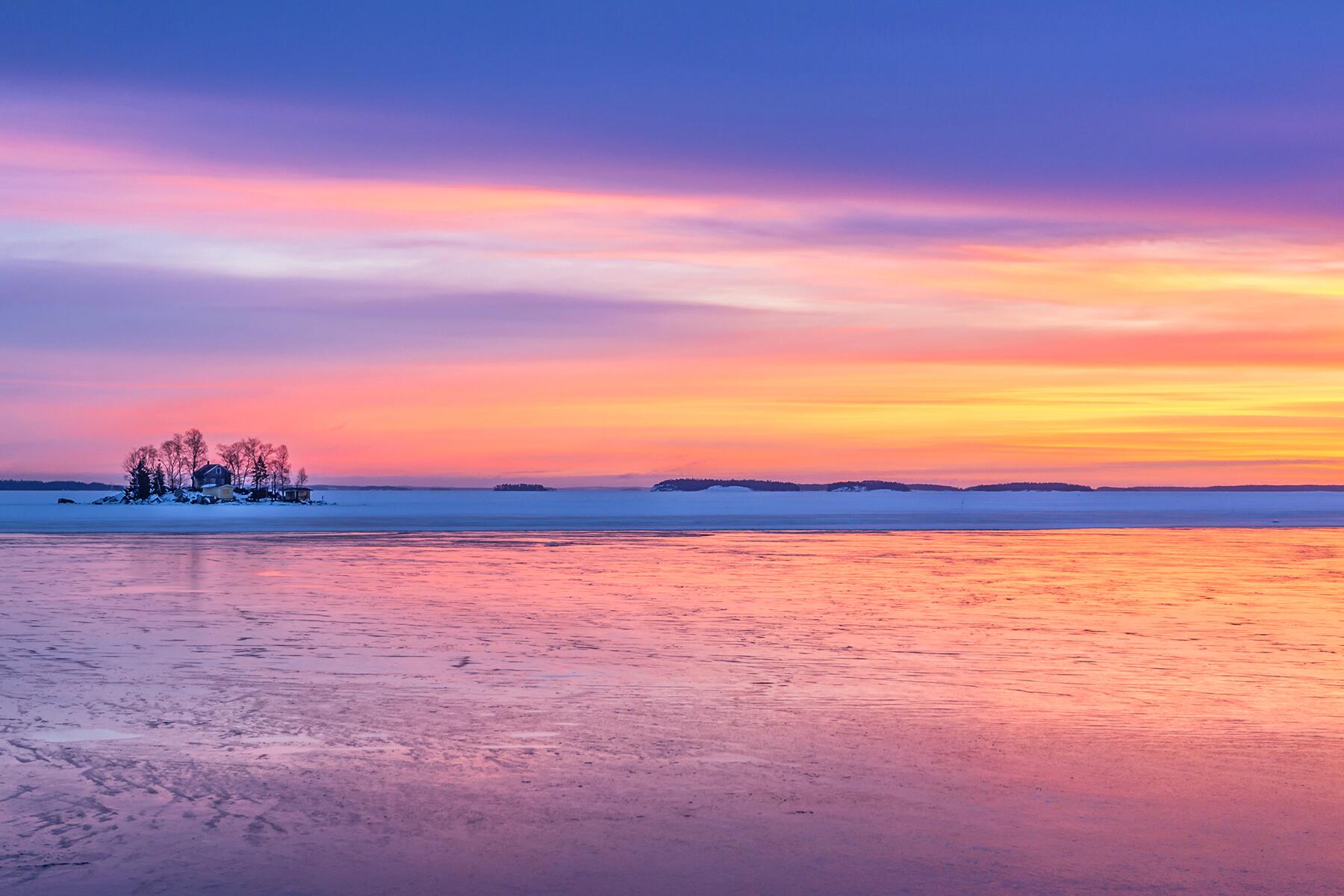Follow the Silk Road to discover Kyrgyzstan off the beaten track.
With snow-capped majestic mountains, wild whooshing rivers, and free-roaming horses, sheep, and cows, it doesn’t get any more picturesque than the lush pastures and coniferous forests of Altyn Arashan, Kyrgyzstan. Dust off your backpack, put on your hiking boots, and head to Kyrgyzstan’s northeast. This postcard-perfect alpine valley at 9,800 feet above sea level in the Tien Shan mountain range will take your breath away—and we have the photos to prove it.
INSIDER TIPBefore heading into the mountains, take the time to acclimatize. Karakol, Kyrgyzstan, at 5,600 feet, is a great place to hang around for a little while and offers many options for day trips.
Top Picks for You
Comments are Closed.
0
Comments





